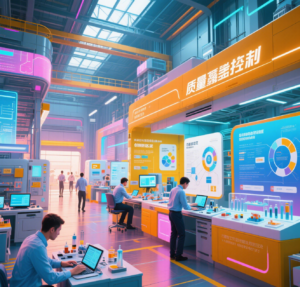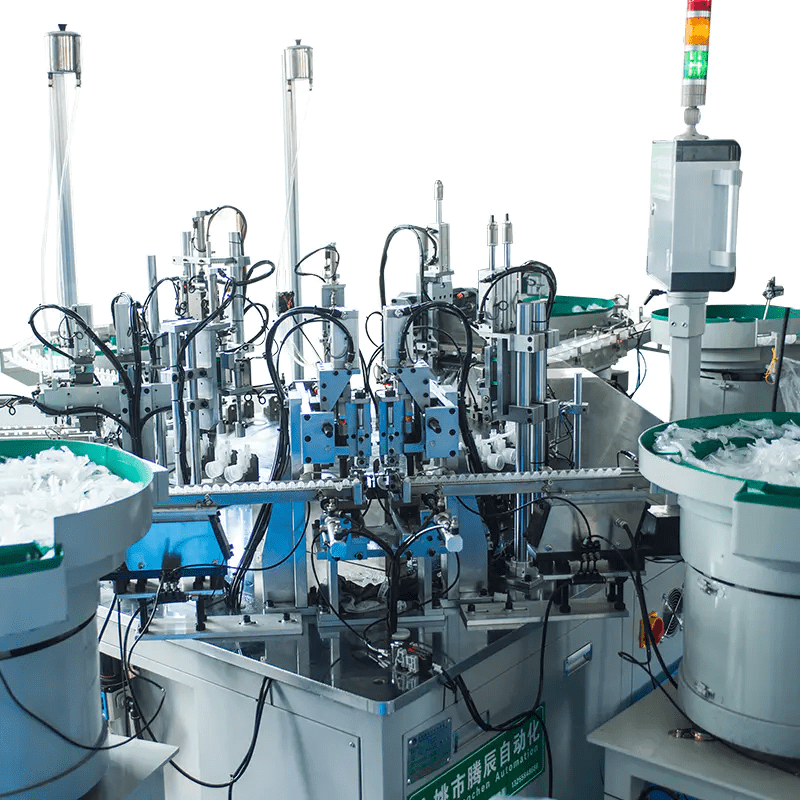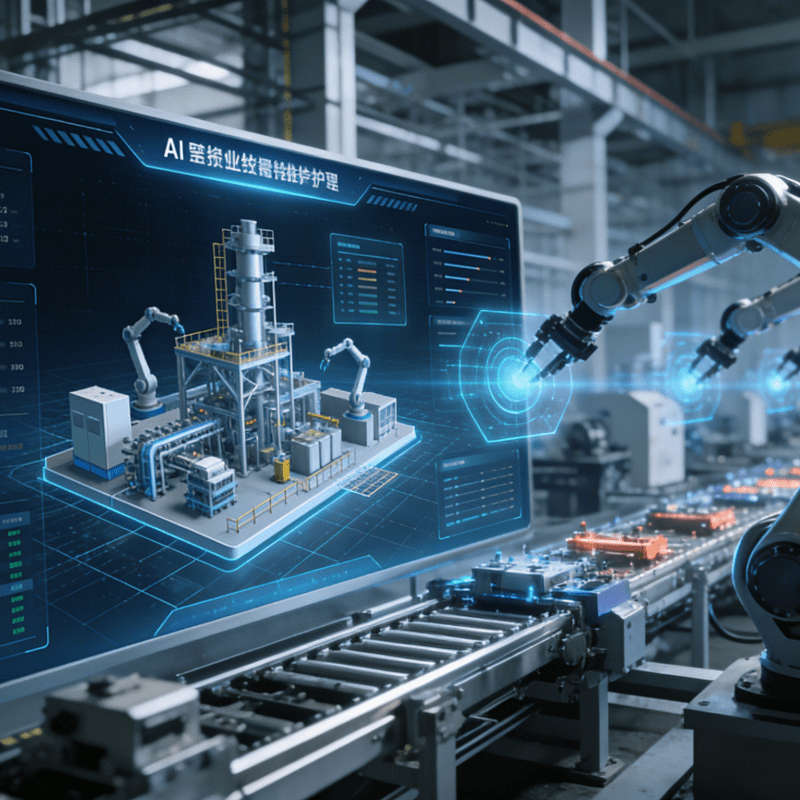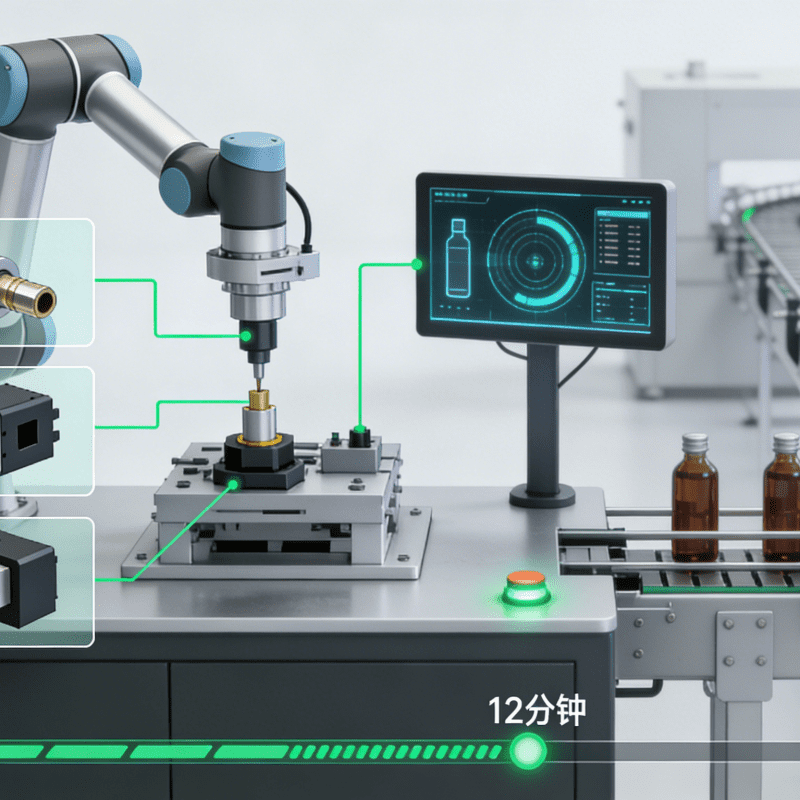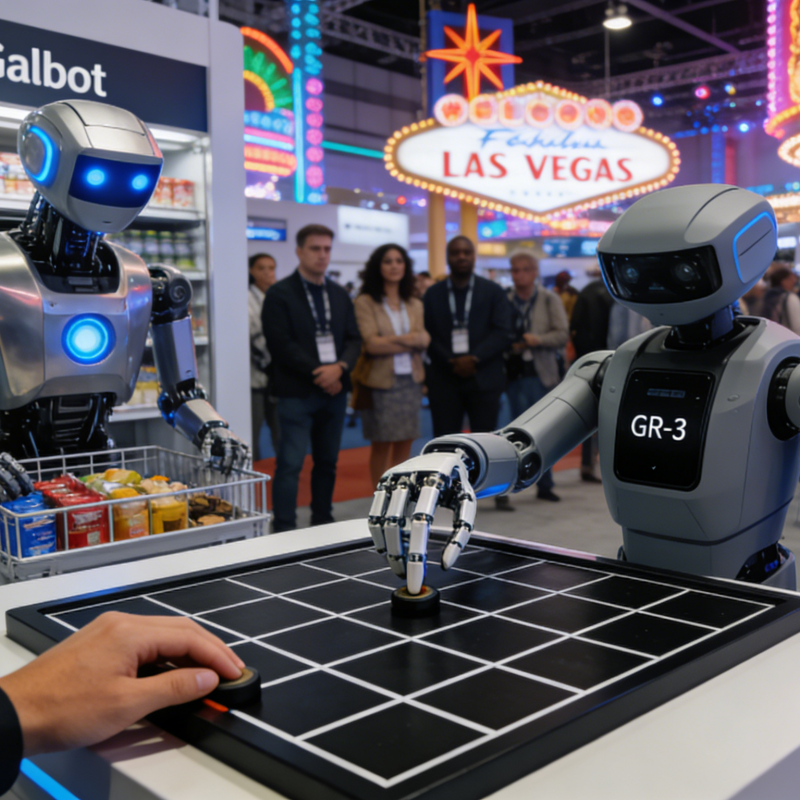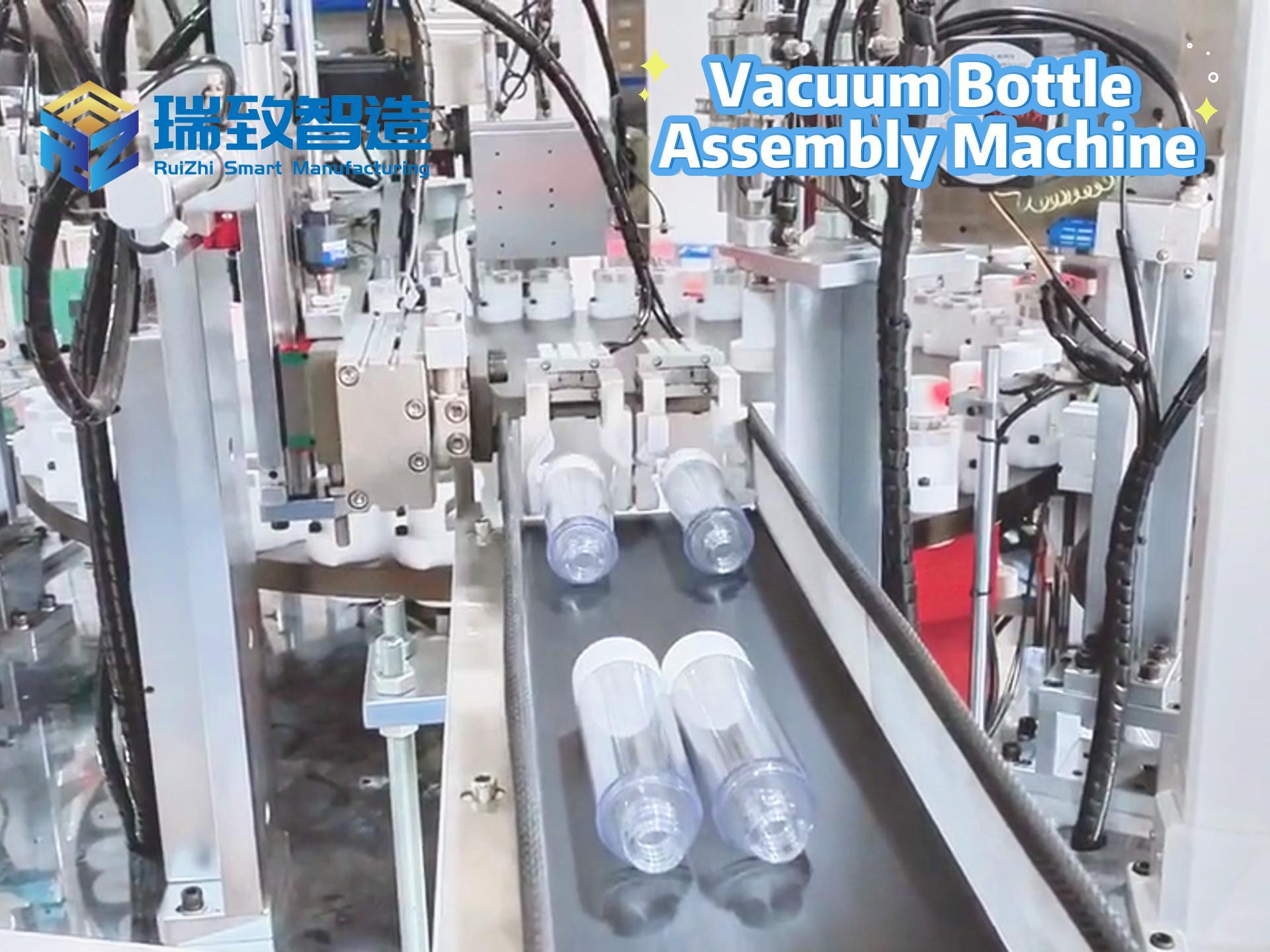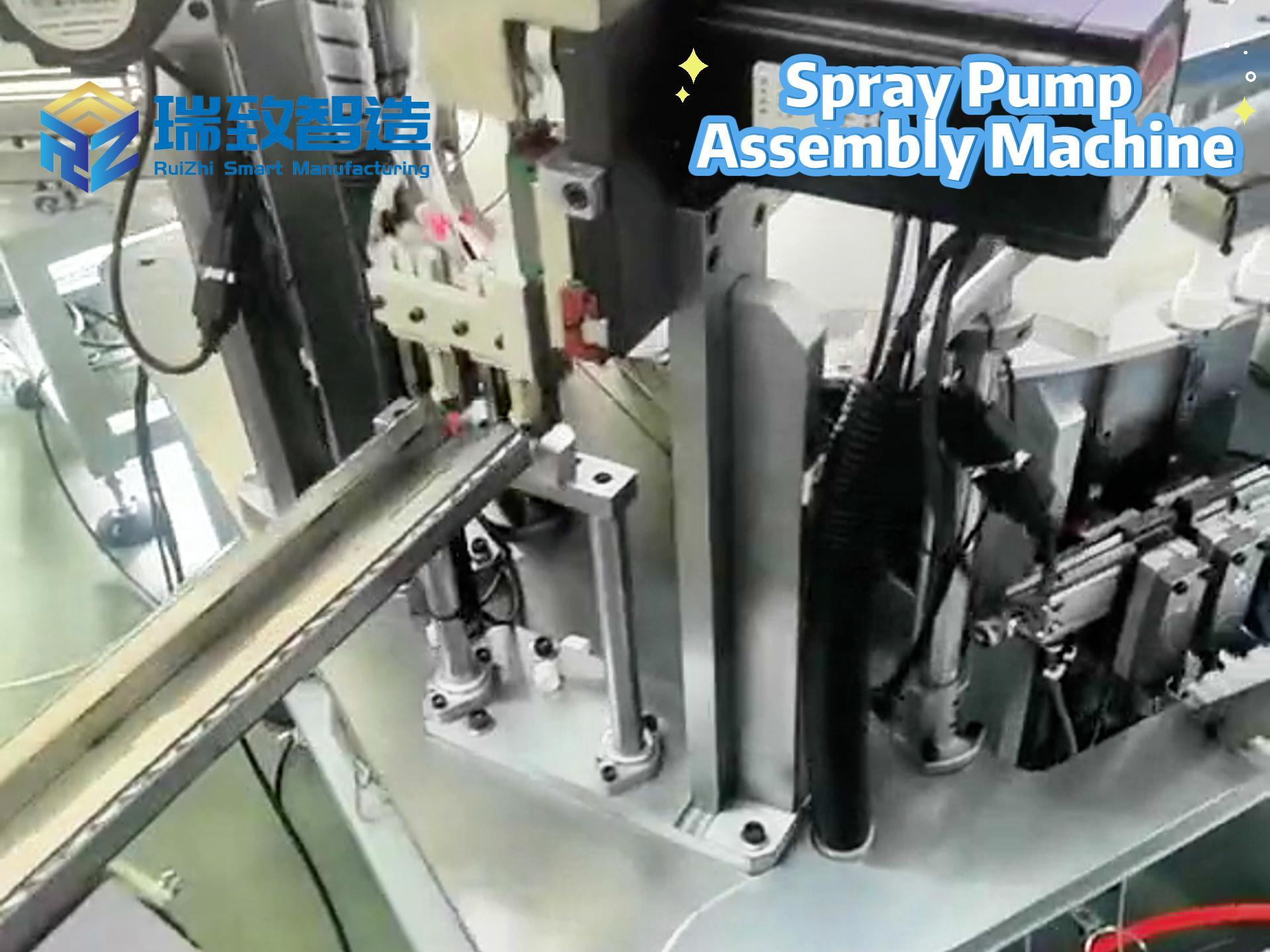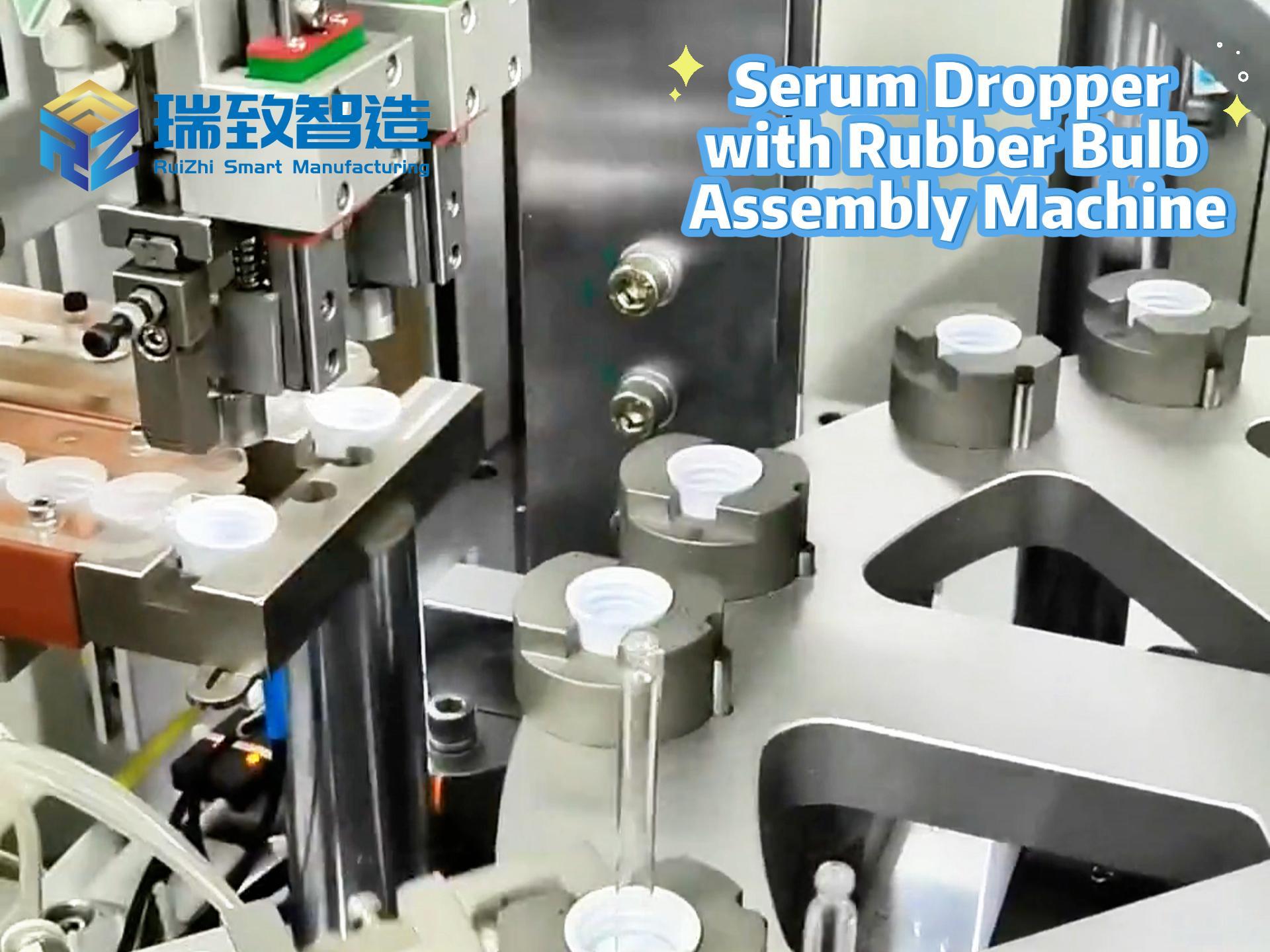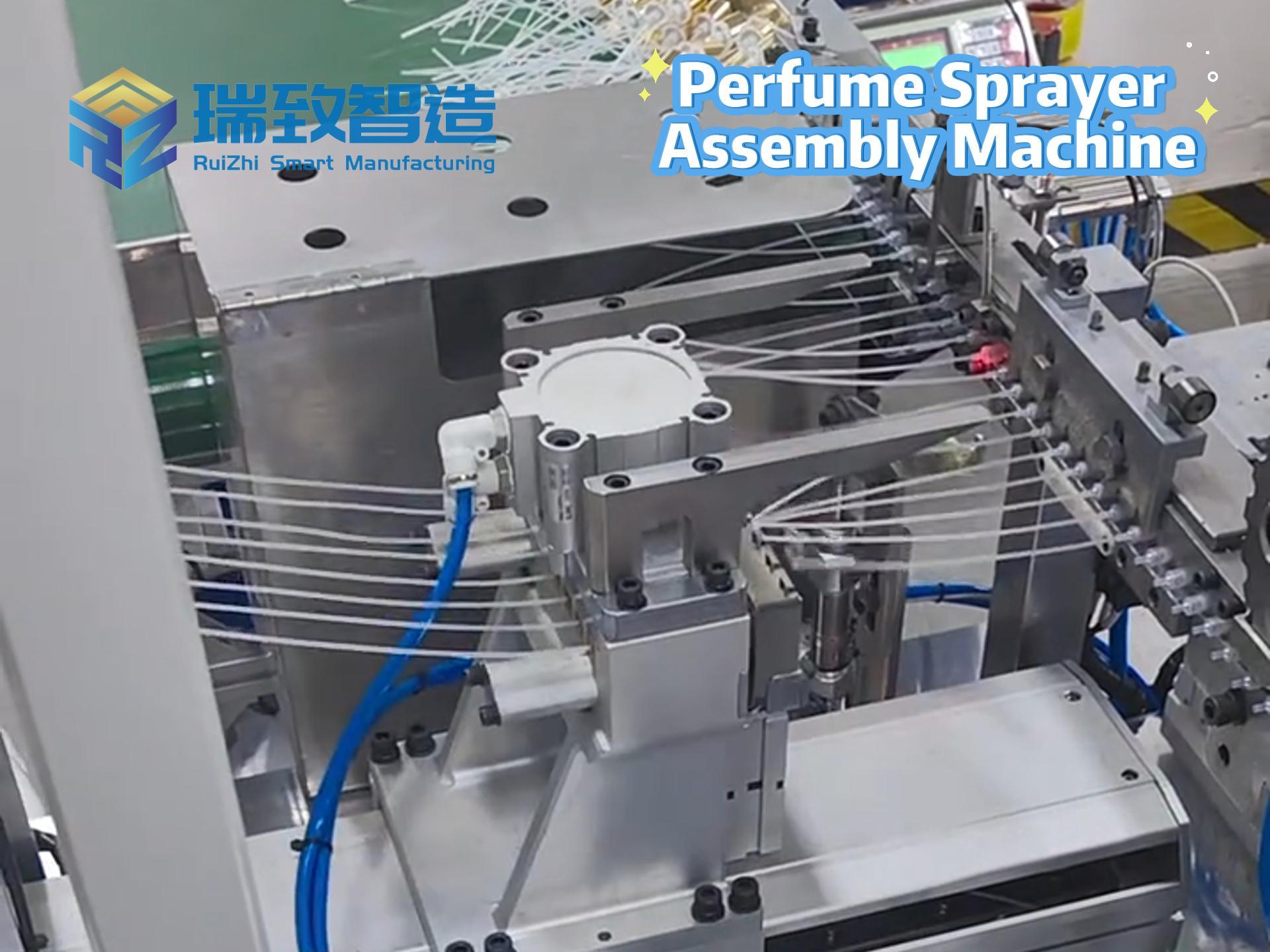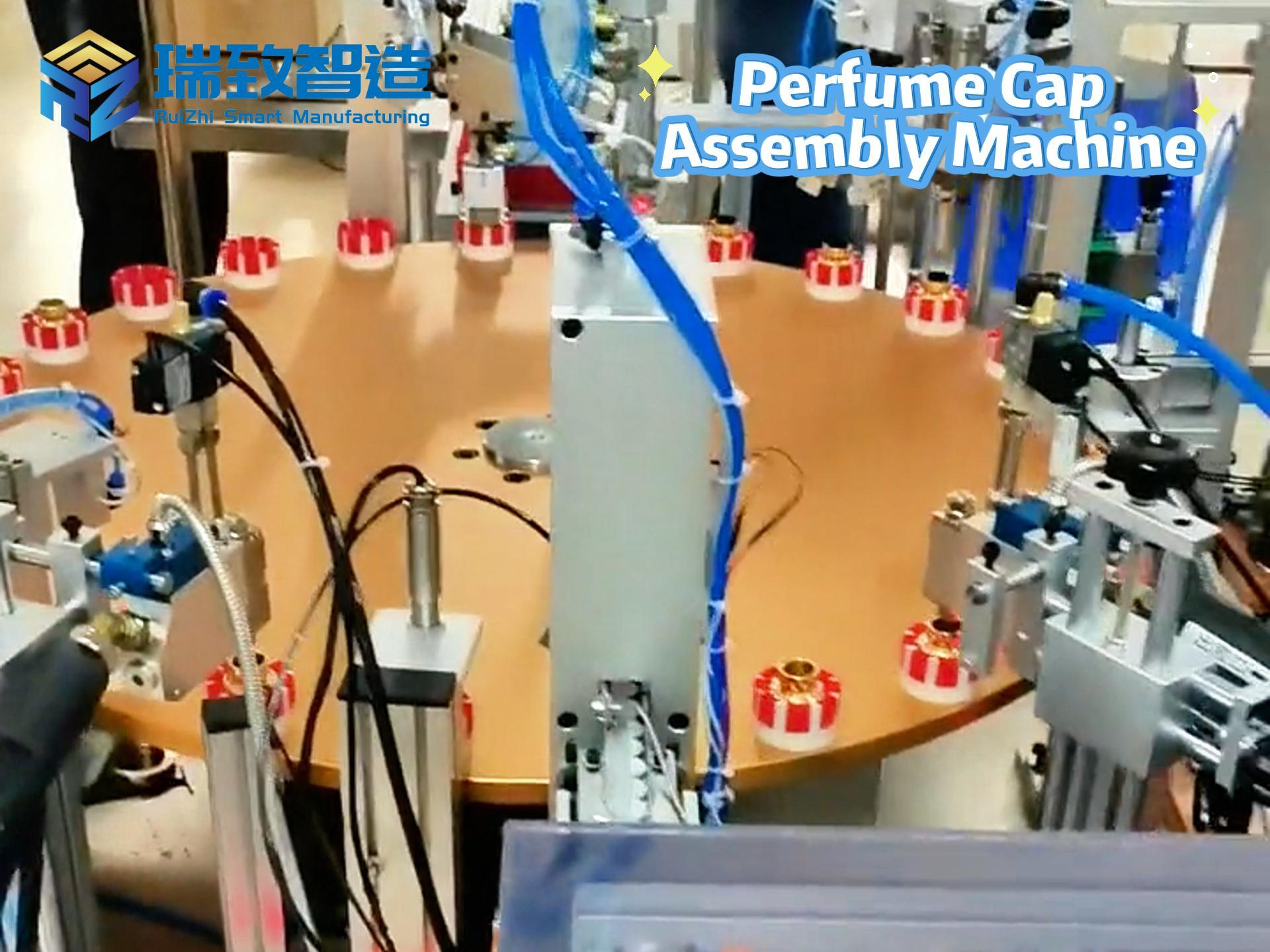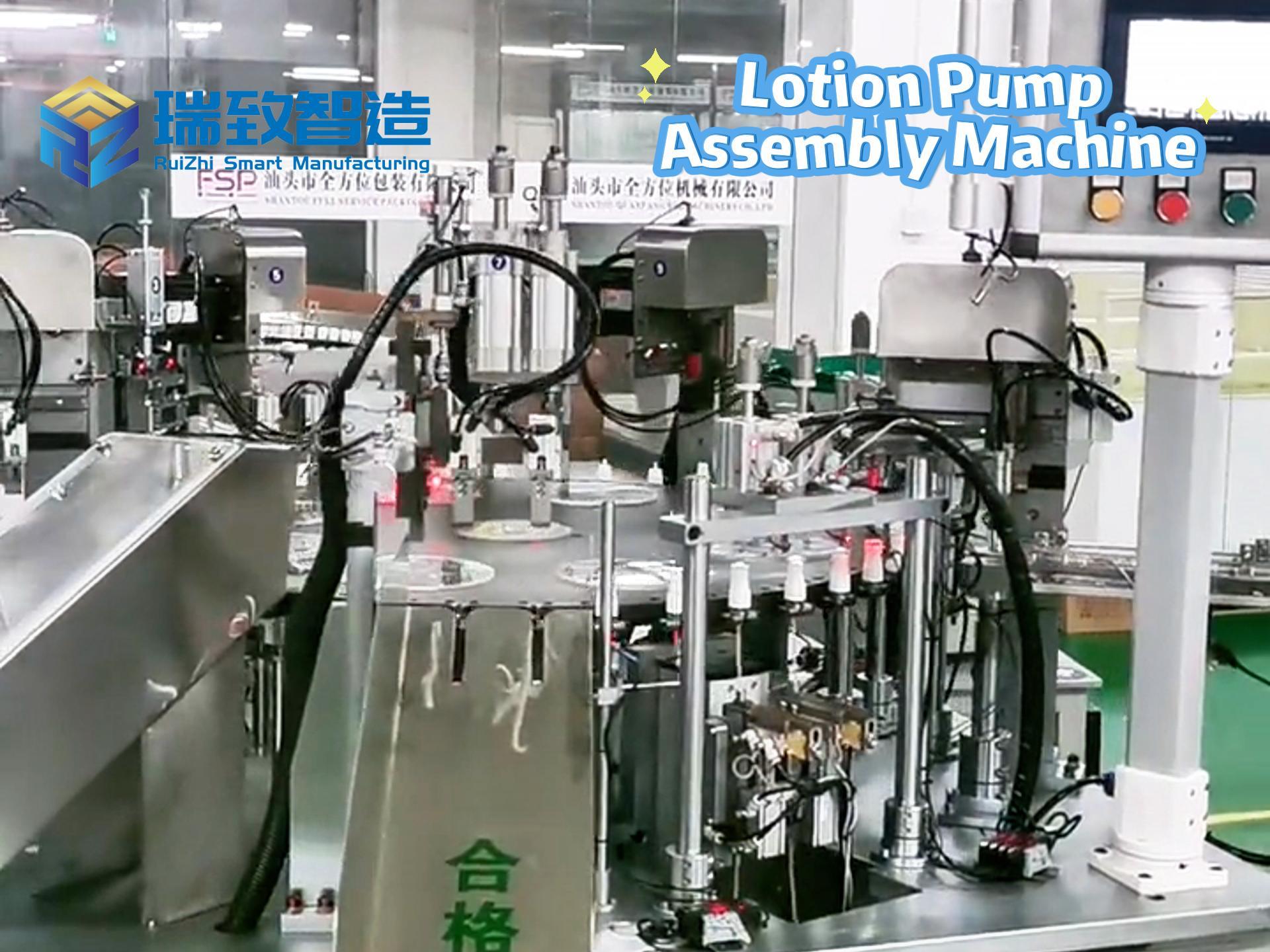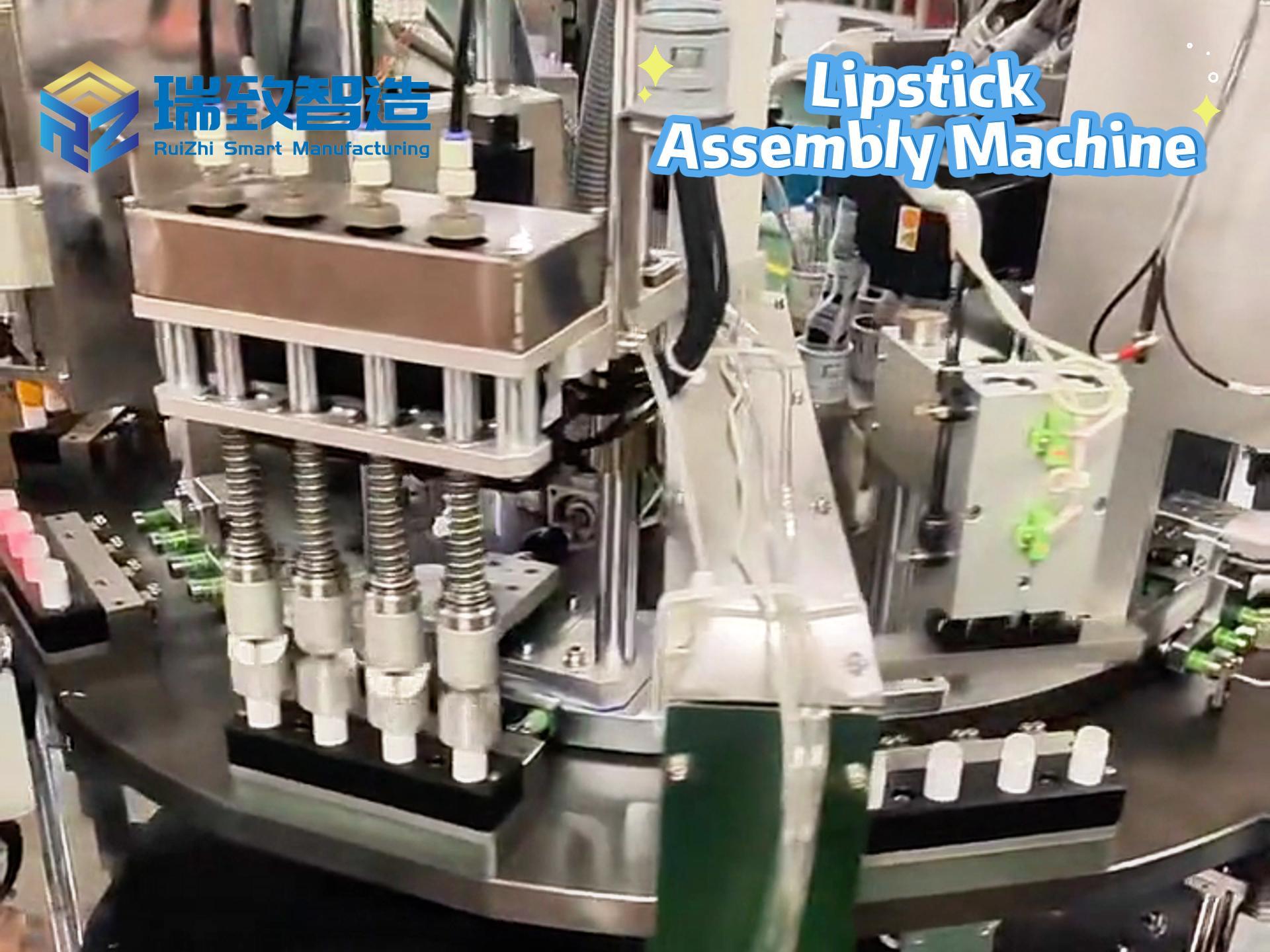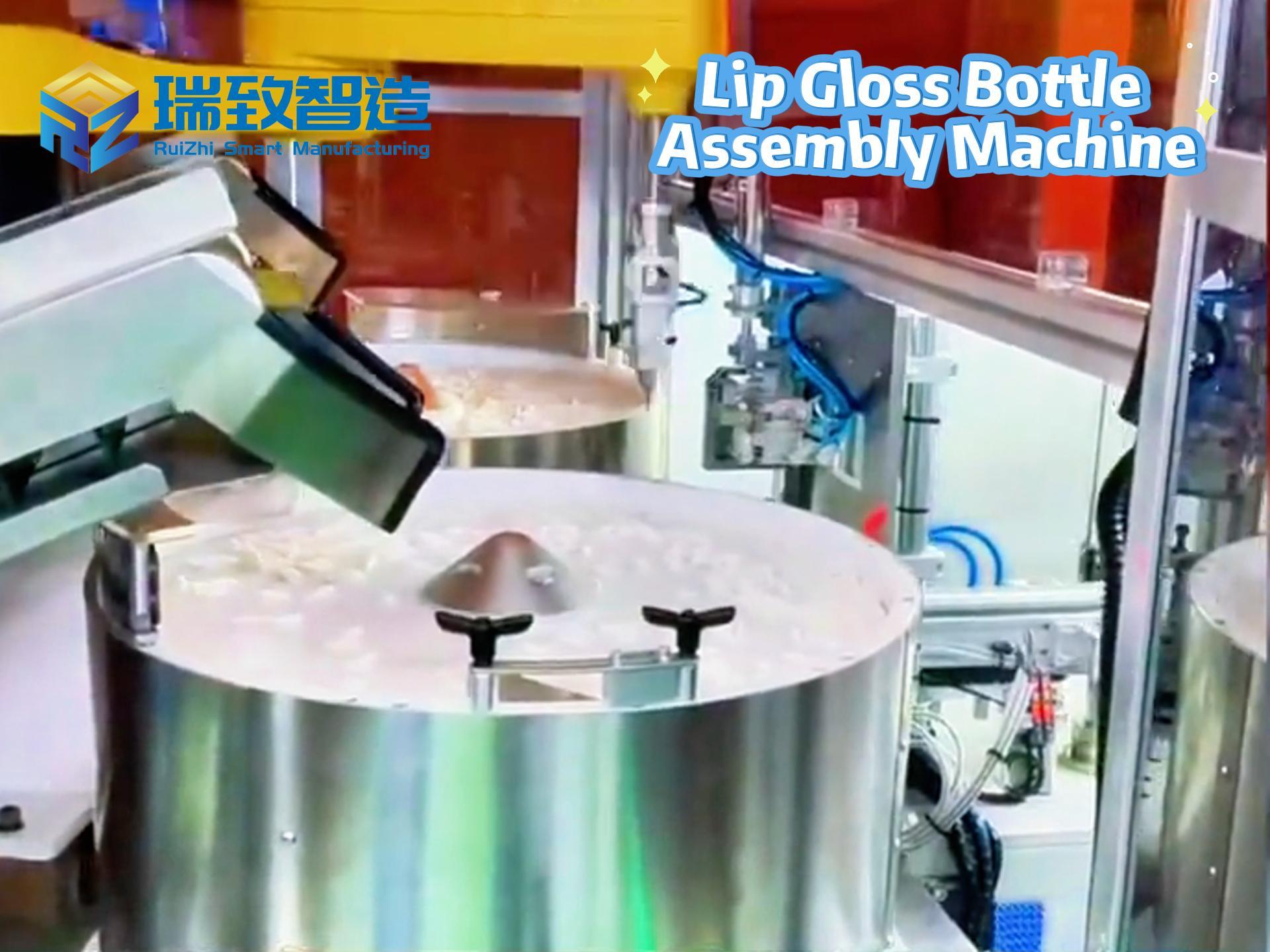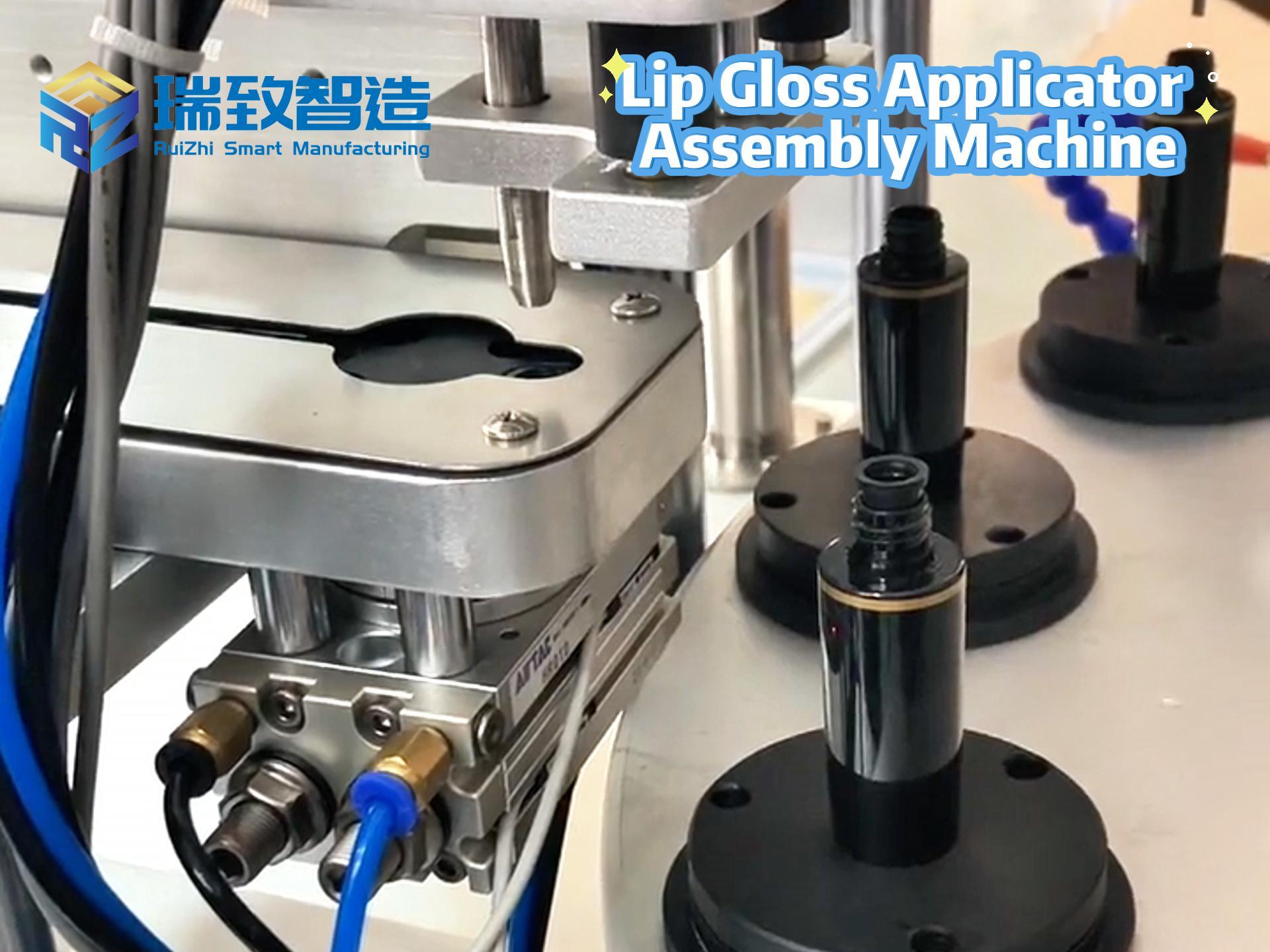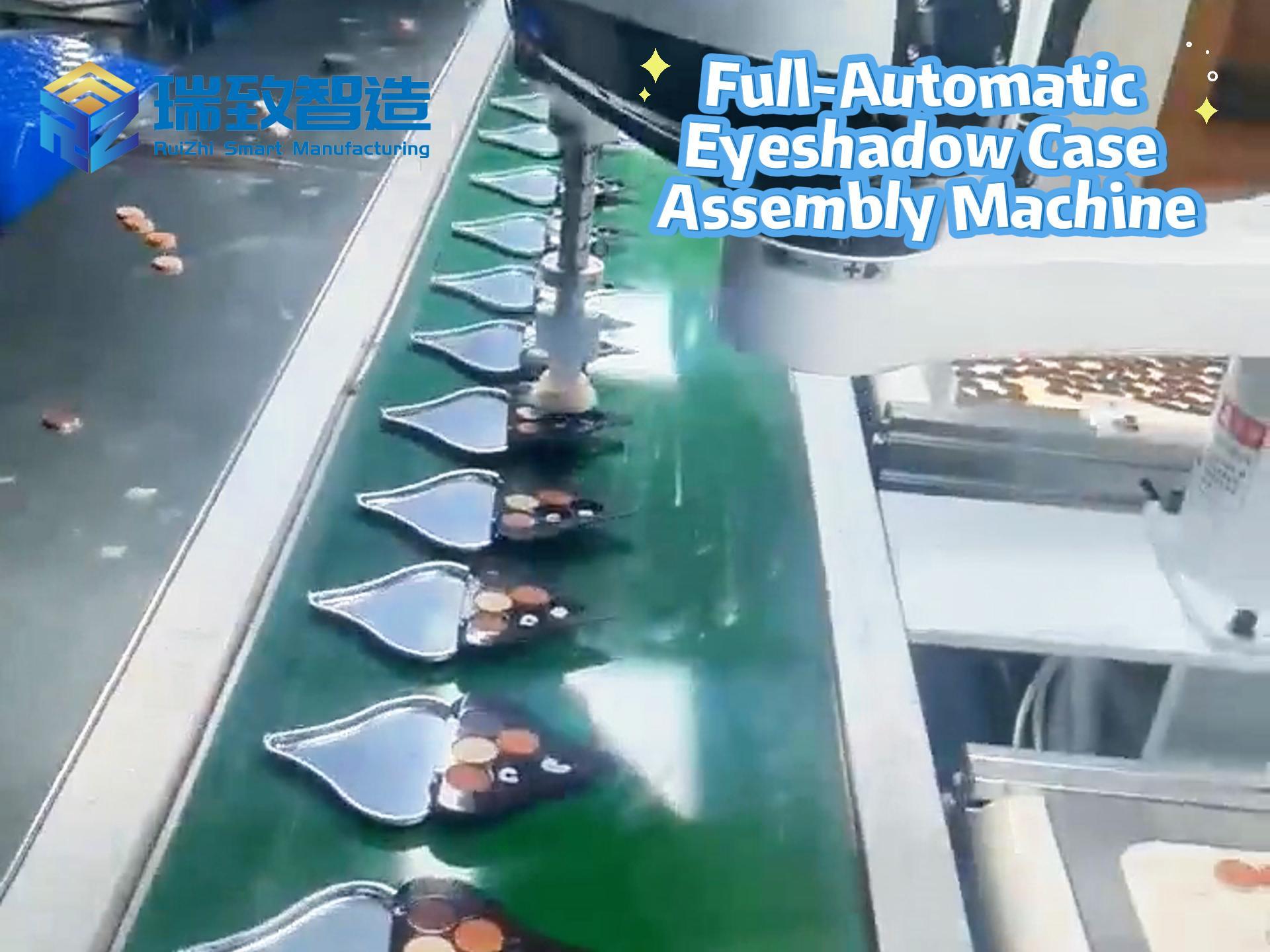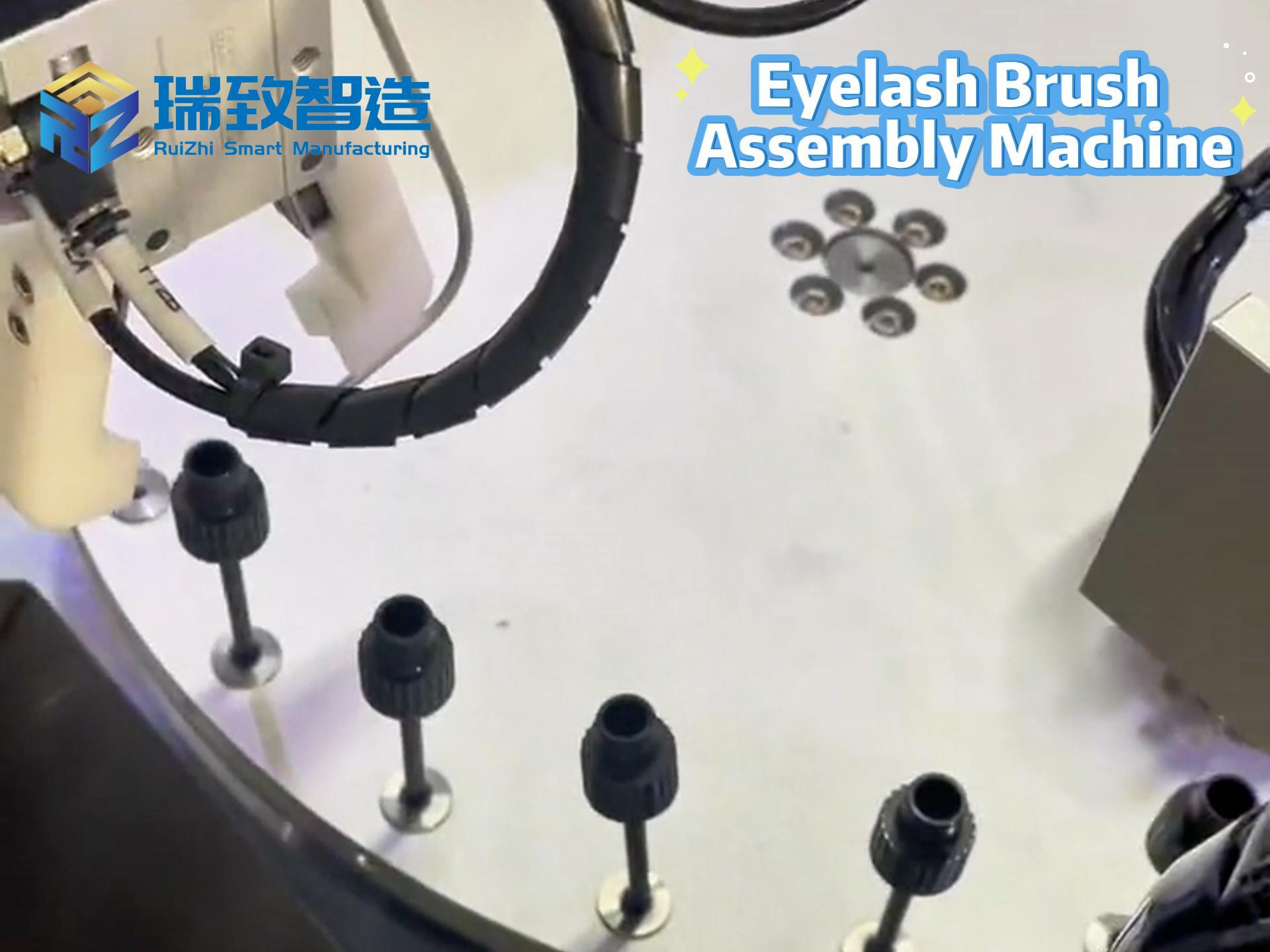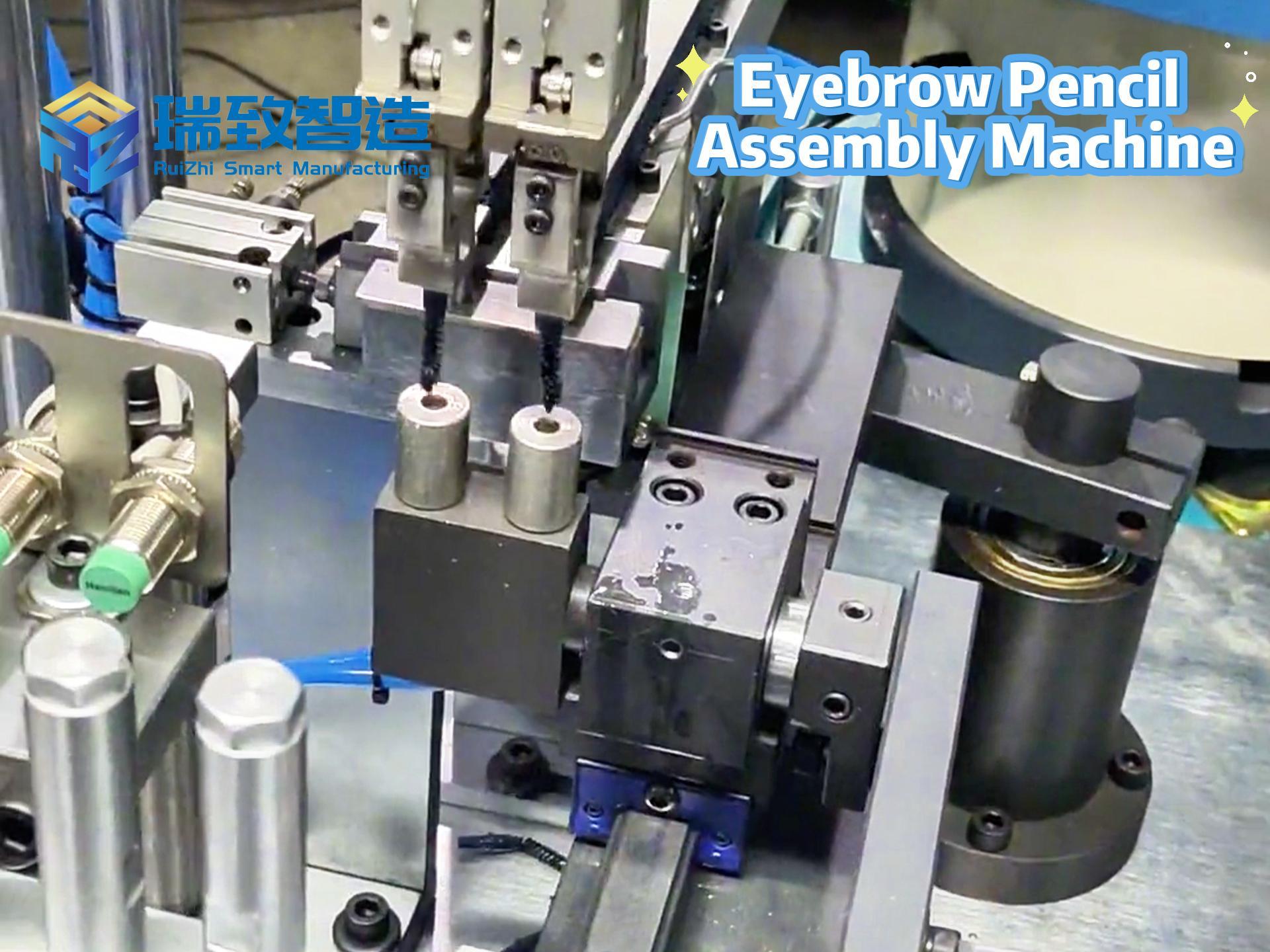Guide: Industry 5.0 is not an extension of past industrial logic, but a redefinition of “manufacturing” and “human value”. It does not aim to replace humans with machines, but to make technology an extension and enabler of humanity.
Since the first Industrial Revolution, humans have continuously improved productivity through technological progress. From steam engines and assembly lines to automation and artificial intelligence, industrial development has gradually achieved a leap from mechanization to intelligence. However, while Industry 4.0 emphasized automation and maximum efficiency, the role of humans in production processes has become increasingly marginalized.
Industry 5.0 has emerged as a new industrial transformation. This stage no longer blindly pursues technology replacing humans, but emphasizes human-machine collaboration and the integration of intelligence and creativity, redefining the core value of future manufacturing.
Table of Contents
ToggleWhat is Industry 5.0?
Industry 5.0 is a new “human-centric” production model that emphasizes collaboration between humans and intelligent machines. Its goal is to improve production efficiency while achieving personalized, high-quality, and sustainable manufacturing processes.
Compared with Industry 4.0, which focuses on high automation and data-driven operations, Industry 5.0 further combines human creativity and judgment with the precision and continuity of machines. This is not only a transformation of production methods but also a profound change in the paradigm of social and economic development.
Core Values and Advantages of Industry 5.0
Cost Optimization and Efficiency Improvement
Industry 5.0 optimizes resource utilization through human-machine collaboration, reducing production costs while improving decision-making quality and customer satisfaction. Collaborative robots not only enhance efficiency but also reduce the risk of human errors.
Sustainable Development
Unlike the “high pollution and high consumption” of previous industrial stages, Industry 5.0 incorporates green manufacturing into its core goals. With intelligent management systems and data analysis, enterprises can minimize waste, optimize energy consumption, and meet global environmental policies and consumers’ green preferences.
Personalized Manufacturing and Innovation-Driven Development
Standardized mass production can no longer meet the modern market’s demand for personalization and customization. Industry 5.0 combines technology with human creativity, making product development more flexible and innovative, and promoting the realization of “on-demand manufacturing”.
Return of Employee Value
Automation frees human workers from heavy and repetitive labor, allowing them to focus more on innovation, quality control, and strategic work. Future factories will be platforms where human wisdom and technology play parallel roles, rather than spaces completely dominated by machines.
Core Requirements for Industry 5.0
Well-Trained Talent Teams
The implementation of Industry 5.0 relies on interdisciplinary talents who understand both technology and human-machine interaction and process optimization. For example:
- Chief Robotics Officer (CRO): Responsible for collaboration strategies between machines and humans;
- Human-Machine Interface Designer: Optimizing interaction experiences;
- Data-Literate Workers: Able to analyze and use production data to support decision-making.
In addition, the application of virtual reality and augmented reality technologies makes employee training more efficient, safe, and interactive, further promoting the popularization of new professional skills.
Advanced and Human-Centric Technical Support
The development of Industry 5.0 relies on the following key technologies:
- Collaborative Robots (Cobots): Can work with humans safely and efficiently, with learning and adaptation capabilities;
- Digital Twin: Builds virtual replicas of products and processes to optimize design and predict maintenance;
- Human-Centric Artificial Intelligence: Intelligent systems that understand human language, behavior, and emotions to support human decision-making;
- Edge Computing and 5G: Achieve real-time response and efficient data processing, enhancing the speed and stability of human-machine interaction.
Future Outlook: Strategic Significance of Industry 5.0
Industry 5.0 is not just a technological upgrade but also a strategic transformation:
- For enterprises: It reshapes competitive advantages, and enterprises need to adjust their strategies as soon as possible to adapt to this new “human-centric” ecosystem;
- For countries: It is an important part of the strategy to become a manufacturing power, helping to build an economic system of intelligent manufacturing and high-quality development;
- For society: It alleviates employment shocks, empowers talent re-development and re-employment by creating new occupations and roles.
Conclusion: A New Industrial Era of Collaborative Innovation
Industry 5.0 is not an extension of past industrial logic but a redefinition of “manufacturing” and “human value”. It does not aim to let machines replace humans, but to make technology an extension and enabler of humans.
Future smart factories will no longer be cold automated workshops but innovative spaces where humans and machines work in harmony. Industry 5.0 is a revolution in which technology empowers humans.

